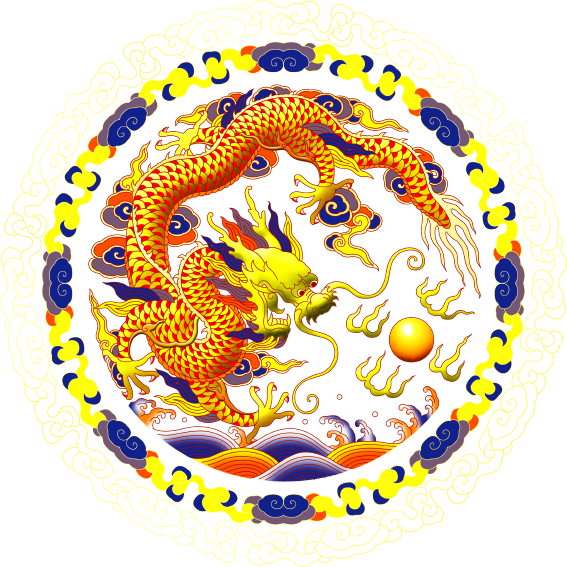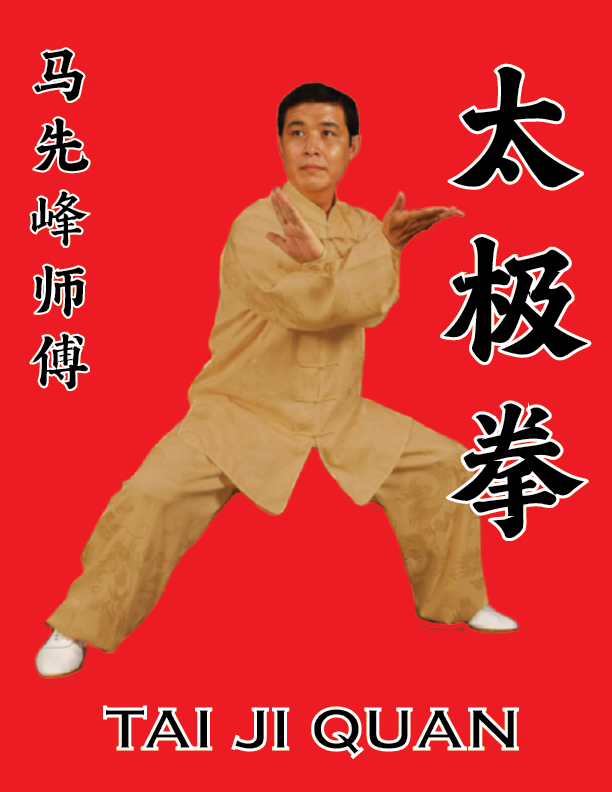The vast majority of people who practice Tai Ji Quan engage in the 养生 (yǎng shēng) “health-preserving” modality, and very few are familiar with or practice the 实战用法 (shí zhàn yòng fǎ) “practical combat application” of Tai Ji Quan. This is because, in the late 1800s and early 1900s, Tai Ji Quan practice was adopted by members of the imperial court as a health-preserving practice. This immediately popularized Tai Ji Quan in the eyes of the common people as a refined practice of the nobility. It attracted a large number of people who sought to emulate the affluent classes. Suddenly, and for marketing reasons, Tai Ji Quan transitioned from being a simple martial art to an esoteric method related to the spiritual and alchemical. Although practitioners of both the Yang and Chen family methods, both of secular extraction, saw the convenience of associating their secular Tai Ji Quan with the monastic Tai Ji Quan of Wudang (at least in theory). This was done to take advantage of the esoteric concepts mentioned in the most famous theories of Wudang, such as 张三丰太极丹诀 (zhāng sān fēng tài jí dān jué) “Master Zhang San Feng’s alchemical Tai Ji method” and 王宗岳太极拳论内外兼修 (wáng zōng yuè tài jí quán lùn nèi wài jiān xiū) “Master Wang Zong Yue’s theory on internal and external training in Tai Ji Quan.” This led many people to theorize about the origin of Tai Ji Quan and weave theories about which is more authentic or original, when in reality, both systems, the secular and the monastic, are different and do not have much relation to each other. They appeared at different times in history and in different places in China. Beyond that, both are combat methods, regardless of being an excellent exercise for health. This leads to another interesting anomaly: the vast majority of Tai Ji Quan practitioners, although excellent exponents, lack martial skills. These excellent exponents prioritize in their practice: 意(yì) “mental intent or focus,” 松(sōng) “deep relaxation” in balance with 劲(jìn) “explosive power,” 息(xī) “breathing exercises,” 气(qì) “internal energy,” 神(shén) “perception of one’s own spirit.” Prioritizing and executing these skills to perfection is an art in itself. And having a high impact on health makes most people feel satisfied and not aspire to more. For this first level of Tai Ji Quan, no equipment or implements are required. It is an extremely simple, straightforward, and economical practice. At a more “hardcore” level, the most fanatical Tai Ji Quan enthusiasts include martial training exercises in their routines. For example, Tai Ji Quan includes 桩 (zhuāng) “stakes” training. Health exercise practitioners will choose to practice 静桩 (jìng zhuāng) “static stakes” such as 无极桩 (wú jí zhuāng) “the stake without beginning or end” or “the stake of that which is latent, yet to manifest.” It focuses on connecting the Baihui point (on top of the head), Huiyin point (between the anus and genitals), and Yongquan point (on the sole of both feet) to form a line that unites heaven (yang qi) and earth (yin qi). While martial artists who practice not only 静桩 (jìng zhuāng) “static stakes” but also 动桩 (dòng zhuāng) “moving stakes.” These are not so related to qi management but rather serve to develop some skill or strength that can be applied in combat. For example, one of the most popular stakes is known as 百把桩 (bǎi bǎ zhuāng) “hundred grips stake,” which strengthens the grip needed when applying 擒拿 (qín ná) “capture and control” and 摔 (shuāi) “throw” techniques in Tai Ji Quan combat. Both techniques require significant hand strength for effective application. In the next article, I will mention the following training methods:
太极尺 (tàijí chǐ) Taiji rule.
缠丝杠 (chán sī gàng) spinning the silk.
缠腿 (chán tuǐ) leg wrapping.
太极大杆 (tàijí dà gān) Taiji big stick.
旋太极轮 (xuán tàijí lún) Taiji wheel spin.
杠铃 (gànglíng) weightlifting.
沙袋 (shādài) sandbag.
太极球 (tàijí qiú) Taiji ball.

